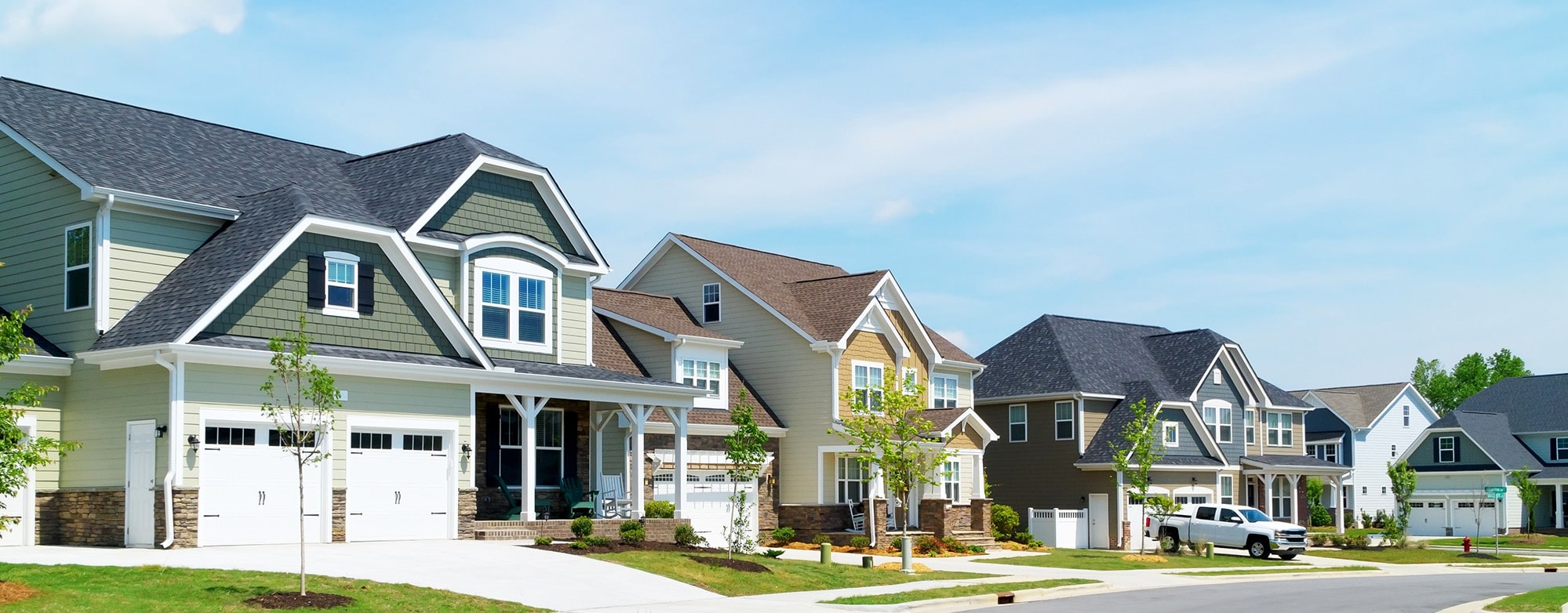As Utah continues to experience rapid growth, shifting demographics, and increasing environmental awareness, landlords in the Beehive State are beginning to ask an important question: Should I install solar panels on my rental properties?
With abundant sunshine, state-level incentives, and a growing demand for sustainable living, solar energy in Utah is becoming more than a trend—it’s a long-term investment strategy. But before taking the leap, landlords must weigh the pros and cons of adding solar panels to rental properties, especially when working within the unique landscape of Utah property management.
In this article, we’ll explore the key advantages, potential drawbacks, and regional considerations landlords in Utah need to understand before embracing solar power.
The Case for Solar Panels on Utah Rental Properties
1. Abundant Sunshine = High Efficiency
Utah is ranked among the sunniest states in the U.S., especially in areas like St. George and Salt Lake City. This makes it an ideal location for solar installations. With more sunshine, systems operate more efficiently and generate more electricity over their lifespan.
For landlords, this means greater return on investment (ROI) and a more predictable energy offset.
2. Attracting Eco-Conscious Tenants
Millennials and Gen Z renters are especially motivated by sustainability. A rental that includes solar energy—or advertises lower utility bills—can stand out in a competitive housing market.
Solar panels can become a differentiator when marketing your property, particularly if tenants are seeking green living options or looking to lower their carbon footprint.
3. Increased Property Value
Multiple studies suggest that properties with solar panels command higher resale values. Even if you don’t plan to sell right away, a solar-equipped property often appraises higher than one without it.
Moreover, tenants may be willing to pay a premium for solar-equipped homes if it offsets monthly utility costs—especially during Utah’s hot summers or snowy winters, when HVAC demand spikes.
4. Incentives and Tax Credits
Utah landlords may qualify for several financial benefits:
Federal Solar Investment Tax Credit (ITC) – Currently offering up to 30% back on solar installation costs.
Utah State Renewable Energy Systems Tax Credit – Although it has phased down in recent years, landlords may still be eligible for partial credits or other local incentives.
Net Metering – Though modified in Utah, this system still allows property owners to receive credit for excess energy their panels feed back into the grid.
Always consult a tax advisor to understand eligibility for your specific rental structure (e.g., LLCs, sole proprietorships, etc.).
5. Reduced Utility Costs for Landlords or Tenants
If you, as the landlord, include utilities in the rent, solar panels can drastically reduce your long-term costs. Alternatively, if tenants pay for utilities, a solar setup could lower their monthly expenses—making your unit more appealing and potentially reducing tenant turnover.
Challenges and Considerations
While the benefits are compelling, solar panels on rental properties are not without drawbacks, particularly when managing properties across multiple units or diverse tenant profiles.
1. Upfront Costs Are Significant
Solar systems aren’t cheap. Installation on a single-family home can range from ten thousand to twenty-five thousand dollars or more, depending on the system size, roof complexity, and energy needs.
For landlords with multiple properties, that cost multiplies quickly. Even with tax incentives, it may take 5–10 years to break even on your investment—longer if tenant turnover is high or if utility savings are shared indirectly.
2. Tenant Utility Arrangement Complexities
If tenants pay their own electric bills directly, landlords may not see a return on their solar investment. Some utility companies in Utah may not allow you to split solar generation credits across multiple tenant accounts easily.
This becomes especially complex in multi-family properties, where each unit has its own meter. In these situations, landlords must decide whether to:
Include utilities in rent (and adjust rent accordingly)
Offer discounted rent in exchange for solar savings
Leave solar panels as a property value perk with no direct utility arrangement
3. Maintenance and Repairs
Though solar panels are low-maintenance, they aren’t maintenance-free. Panels can accumulate dirt, snow, or ice—especially in Utah’s varied climate. Additionally, inverters or electrical components may need repair after several years.
You’ll need to factor in ongoing upkeep, inspections, or occasional service calls, particularly if you’re self-managing the property.
4. Roof Age and Condition Matter
Before installing solar panels, your roof must be in good shape. If your rental’s roof is nearing the end of its life, you’ll need to replace it before—or shortly after—installing solar.
Tearing off and reinstalling solar panels to redo a roof can cost thousands of dollars. Always conduct a thorough roof inspection before committing to solar.
5. Aesthetic Concerns and HOA Restrictions
While many tenants may appreciate energy-efficient homes, some might find rooftop solar panels visually unappealing. In certain communities, homeowners’ associations (HOAs) may have strict rules about visible modifications.
Always check local zoning laws and HOA policies before signing a solar installation contract.
Is Solar Right for Your Utah Rental? A Quick Checklist
Before making the leap, consider the following:
✅ Is your property’s roof solar-compatible (angle, age, orientation)?
✅ Do you pay for your tenant’s utilities or could you incorporate utilities into rent?
✅ Are you planning to hold the property long enough to justify the upfront cost?
✅ Will solar energy help differentiate your property in a competitive market?
✅ Do you have access to capital or financing to cover installation?
If you answered yes to most of these questions, your Utah rental could be a strong candidate for solar installation.
The Future of Solar in Utah Real Estate
As energy prices rise and sustainable living becomes a priority, solar panels may eventually move from being a perk to an expectation—especially in areas like Salt Lake City, where tech-savvy tenants are more eco-conscious.
Real estate investors and landlords who make the switch now can stay ahead of the curve while reaping long-term rewards—both financial and environmental.
Final Thoughts: Shine a Light on Smarter Property Management
Solar panels can be a valuable asset to landlords in Utah, offering a mix of economic benefits, market appeal, and environmental impact. However, they’re not a one-size-fits-all solution. Every landlord must carefully evaluate their unique property, tenant base, and long-term investment strategy.
At Wolfnest, we help landlords make informed decisions about upgrades like solar energy. With our experience in Utah property management, we understand the local regulations, incentives, and tenant preferences that shape a successful investment.
Considering upgrades to make your rental more appealing and efficient? Let Wolfnest guide you toward choices that maximize value without the headaches. Reach out today to learn how we can help your rental property thrive in Utah’s ever-evolving market.
Summarize this content with AI:
Chat GPTGrok
Perplexity
Claude.ai


